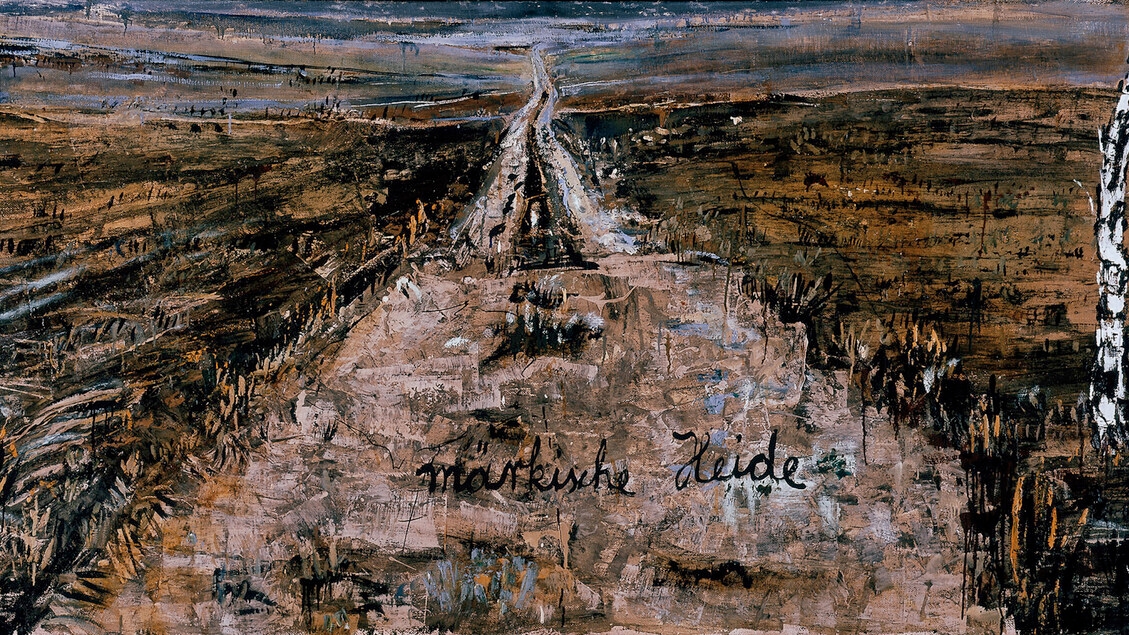Boundaries within and outside of us, from Gauguin to Hopper

(by Elisabetta Stefanelli) "The exhibition 'Borders. From Gauguin to Hopper' is a large exhibition project that will be held in the newly opened rooms restored of the Eastern Exedra of Villa Manin in Passariano Codroipo, in the province of Udine, contains 130 paintings coming from 42 museums around the world. The main idea is precisely that of the border with masterpieces of the nineteenth century and Twentieth century, in different sections or thematic areas". To tell it is Marco Goldin, who curated the exhibition, open until April 12th 2026 and which places it "at the top of the list among the hundreds of exhibitions that I have curated in my long career. Because from it triggers, at least for me, an endless emotion. A shiver that comes over us in the presence of the space of the universe, when the soul merges with it." "First the internal border - explains Goldin - with the self-portraits, then a passage in the twentieth century with the faces burned, carnal by Modigliani and then above all by Giacometti and Francis Bacon. Then the section dedicated to elsewhere, the sense of the exotic, with artists who went looking far away its own border like Paul Gauguin. And finally the sky that everything manages to gather together like a great cosmogony. Here we It starts again from the Romantics like Friedrich and then Constable. In theaters conclusively the sky also becomes an internal fact, with the blackboards colored by Mark Rothko. Then the Normandy sky by Monet and to close the starry notes of Munch and the starry skies in "Edward Hopper's America". It's "Borders from Gauguin to Hopper. Song with variations", the long-awaited exhibition that has just opened to the public, one of the flagship events of GO! 2025&Friends, the program of events that complement the official GO! 2025 program Nova Gorica - Gorizia European Capital of Culture. Promoted from the Friuli Venezia Giulia Region and the Regional Agency for Cultural Heritage - Erpac Fvg, the exhibition was conceived and curated by Goldin himself, with the organization of the same Erpac Fvg and Linea d'ombra. In the land and in the ideal museum to address such a topic important and sensitive, all the boundaries are explored physical, geographical, cultural, intimate, here and elsewhere, the here that is done elsewhere, border as limit and as point of departure. The wooden roof of the corridors of the Exedra envelops in grey and in black a collection of canvases of unique beauty, which bring to the forefront of the spectator the research of two centuries on this theme expressed in art. We start with some masterpieces by Anselm Kiefer and Mark Rothko, where the border is made, even if differently between the two, rampant. And still the very famous Gustave Courbet's Wave, movement towards the immense. Then going to Monet with The Church of Varengeville, spaces of a sea endless. Then a Provençal Cezanne, the domestic elsewhere. The The first chapter of the exhibition is dedicated to the interior border and the sequence is breathtaking: Munch, Gauguin, Van Gogh, Hodler, Kirchner. Then Courbet, Manet, Degas, Renoir, Modigliani, Bacon, Giacometti. The following rooms are on the relationship between man and nature with many works that are arriving in Italy and in Europe, from the protagonists of the "Hudson River School" to to reach the key figure of Homer at the turn of the century, and then in the twentieth century especially Hopper and Diebenkorn to return then in Europe with great masters such as Segantini, Böcklin and Matisse. Exotic or more immediate Edens, expressed in works universal, milestones in the history of art, from Gauguin to Monet, from Van Gogh to Cezanne and Bonnard populate the third section. Going through about forty extraordinary Japanese woodcuts come to the grand finale of the fifth section, which occupies the entire ground floor of the Exedra, with almost 60 works that lead to the different borders included in the natural elements: mountains, seas, skies and finally the Universe. Together with artists such as Caspar David Friedrich, Cezanne, William Turner and Gustave Courbet, then Monet. And again, Bonnard, Nolde, De Staël. The sky, above all, when interpreted by Friedrich, Turner, Constable, Boudin, to finally flow into the Impressionist skies by Monet, Sisley, Pissarro. An entire room is dedicated to Monet's water lilies, while comes the transition to De Staël's flat skies above the Seine in Paris, to rise to the inner heavens of a painter as immense as Mark Rothko.
ansa





